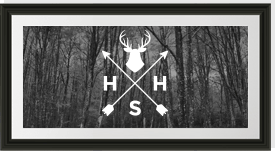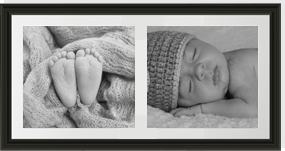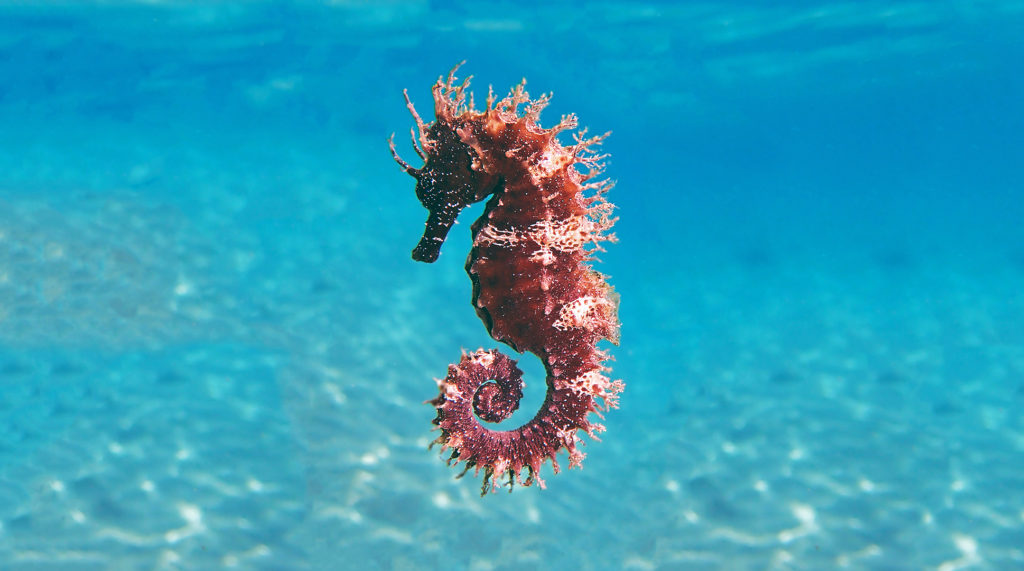Underwater Photography Tips for Beginners
Underwater photography might be one of the trickiest photography skills to master and we understand that it can be overwhelming learning the basics, but we’re going to list some of the tips and tricks we’ve picked up along the way to help you be ready for those underwater summer snaps!
Equipment
Making sure you have the right equipment for the job. By this we mean the correct waterproof housing for your camera or any other items you will be using. You can find the correct housing for your specific camera online by searching the camera model, using the wrong type can cause leaking which could damage or water log your camera.
If you’re using a compact camera, cover the internal flashlight with duct-tape so you minimise the backscatter you get from the flash.
Shutter Speeds
Finding the right shutter speed can be difficult when underwater; faster shutter speeds will lead to sharper images and a better focus, however, can leave the images dark. Whereas a slower shutter speed will brighten your image and open it to more light but can leave subjects blurry and out of focus. To combat this, using a strobe light and a medium shutter speed should be the best of both worlds, however, play around with settings until you find the one best for you.
Lighting
Using a strobe light can definitely be a help with underwater photography however it’s not necessarily essential, we would recommend using one if you plan to go below 30m. A strobe is used to bring more light to the subject, enhancing its colours and features; however if you’re already closer to the surface, the sun will be all the light you really need.
Sun position
Like we suggest in almost all of our tip blogs, shooting your photos when the sun is directly overhead will give the best results in your photos and maximise the natural light.
The water
One of the things you’ll notice when shooting under water is the amount of debris or backscatter that’s picked up on your photos, especially the deeper into water you are. This can be minimised by using the strobe light we previously mentioned or by getting closer to your subject.
Subject
Being closer to your subject will bring out the best details; this is especially true in water. Get as close as the subject and surroundings will allow you, as the further you are away, the more green and blue tinges from the water will be picked up on camera. With water being denser than air, it will reduce colour, contrast and sharpness.
Filters
A well known tip for almost all photography, but especially for underwater photography is to use a colour correction filter on your camera. Correcting the colour balance can help to enhance the cyan hue in your images and do a great job of removing backscatter, which are particles picked up by the lens and usually look like white spots.
Post-camera corrections
A crucial part of equipment for any budding photographer is their photo editing software. Using software, like Adobe Lightroom, gives you the ability to touch up and correct your raw images. You can add filters, colour correct, remove flaws, spots or clear up anything in the image that may be unwanted. All of these steps are used to drastically improve and enhance the quality of your image, so don’t be afraid to really get stuck in and filter your photos the way you like them.
Let us know if you use any of our tips by tagging us on Instagram or Twitter using #framesexpress
Looking for some more photography tips? We have some right here on our blog.
- Ideas for Garden Photography
- Home Photography Ideas
- Food Photography for Beginners
- Creative Tips for Street Photography
- Black and White Photography
- Seascape and Beach Photography
- Tips for Winter Photography
- Dog and Pet Photography
Picture Frames Express









